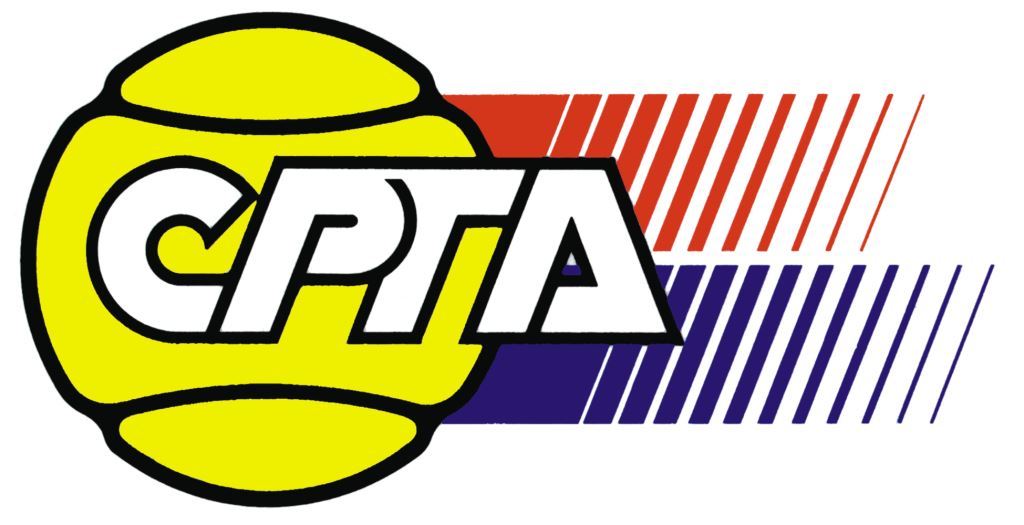A matchball in tennis is a situation where one player has the opportunity to end a match by winning the next game and thereby winning the set and/or the entire match. A matchball usually occurs when one of the players has a score advantage sufficient to win, such as 40-0, 40-15 or any other score that gives the player the opportunity to end the game and the match if they win the next game.
Important points about matchball in tennis:
- Examples of matchball scores: A matchball can occur at different scores. For example, if the score is “40-0” or “40-15”, a player has three matchballs because he only needs to win one next draw. If the score is “40-30”, this means that the player needs to win the last two consecutive draws to complete the match.
- Meaning of Match Ball: A Match Ball is a critical point in a match when a player has a chance to end the match in his favour. Losing a matchball can change the course of a match, giving the opponent a chance to get back into the game.
- Psychological aspect: A matchball is usually accompanied by high emotions and pressure on the player who has the chance. Mental toughness and the ability to control nerves play an important role in determining the outcome of a matchball.
- Defending the matchball: When a player is in a matchball situation with an opponent, he tries to defend himself and prevent the match from ending. This may require excellent strokes and strategy to get back into the game.
- Possible outcomes: A matchball can end in a variety of ways. If the player with the matchball wins the draw, the match ends in his favour. If the player with the matchball loses the draw, then the match continues and the score reverts to normal play.
A matchball is a moment when a player can win a match, and it is often filled with tension and emotion. The outcome of a matchball can make a big difference to the outcome of the match and the tournament as a whole.


